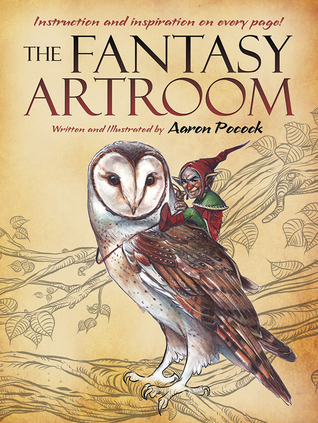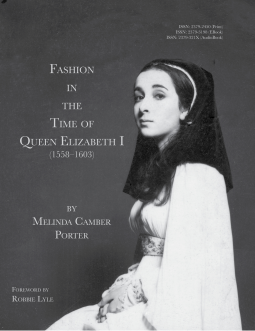 |
Breathe
by Belisa Vranich ISBN-13: 9781250106421 Paperback: 240 pages Publisher: St. Martin's Griffin Released: Dec. 27, 2016 |
Source: ebook review copy from the publisher through NetGalley.
Book Description, Modified from NetGalley:
Contemporary science confirms what generations of healers have observed through centuries of practice: Breath awareness can turn on the body’s natural abilities to prevent and cure illness. The mental and physical stresses of modern life, such as anxiety, frustration, sexual dysfunction, insomnia, high blood pressure, digestive woes, and immune dysfunction can all be addressed through conscious control of your breath. In addition, it can increase energy, accelerate healing, improve cognitive skills, and enhance mental balance.
Yet most of us stopped breathing in the anatomically “right” way, the way to take advantage of these benefits, when we were four or five years old. We now mostly breathe in a way that is anatomically incongruous and makes for more illness. Dr. Vranich shows readers how to turn back the tide of stress and illness, and improve the overall quality of their life through a daily breathing workout.
BREATHE is an easy-to-follow guide to breathing exercises that will increase energy, help lose weight, and make readers feel calmer and happier.
My Review:
Breathe explains a series of breathing exercises that will help people breathe correctly and more efficiently. The author explained why people start to breath in a "wrong" way and all of the benefits to re-learning how to do it correctly. I know I breathe too shallowly and was having some trouble with stress and insomnia, so I thought I'd give it a try.
She explained some simple exercises that help you to teach your body to breathe in the correct way. She provided several different exercises to teach the same thing so if one didn't make sense, another one would. There were diagrams to illustrate the exercises. You don't need any special equipment, and the daily exercises don't take long to do. She also provided some more advanced exercises to help you to develop your lungs for deeper breathing and even provided exercises to help improve serious athletes.
I found the exercise instructions easy to follow and have been doing the more basic exercises daily for two weeks now. The breathing exercises have helped me feel healthier and more relaxed, and my sleep has improved during this time. I also appreciated the information on how posture affects my ability to relax. Overall, I'd recommend this book.
If you've read this book, what do you think about it? I'd be honored if you wrote your own opinion of the book in the comments.


































